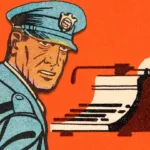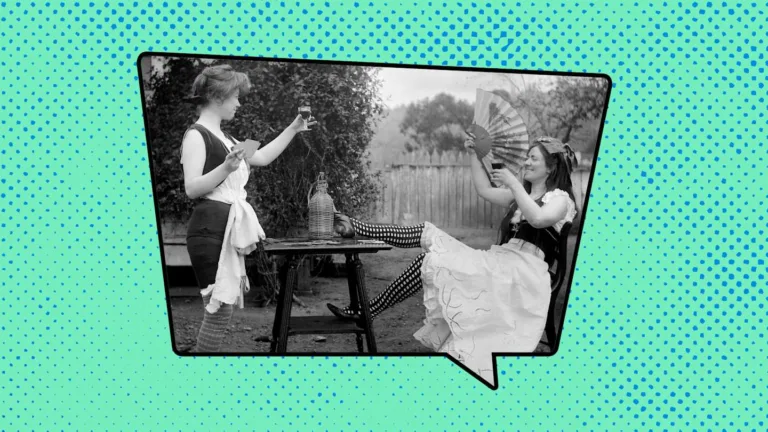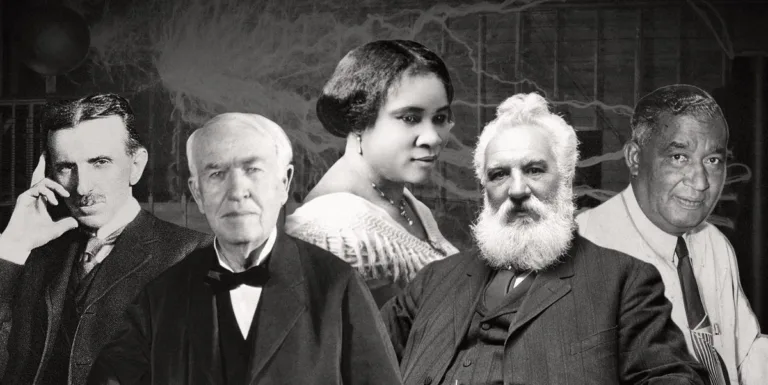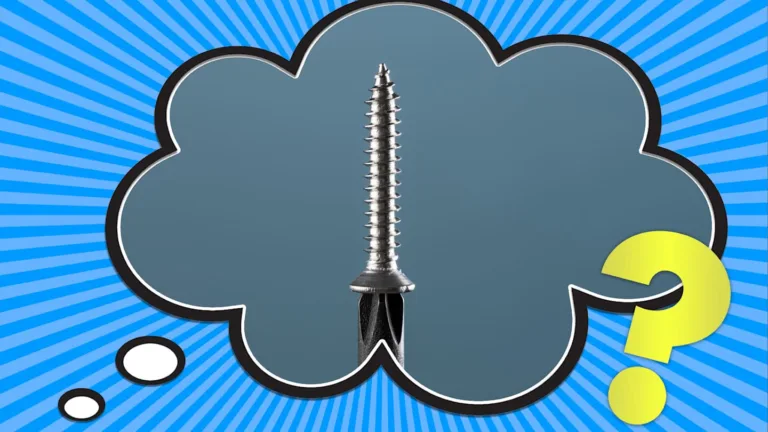The world of Vikings often conjures images of fierce warriors, Mighty Longships, and frozen landscapes. But beyond the axes and shields, there existed a vibrant culture rich in storytelling, poetry, and, believe it or not, insults! These weren’T Just Your Everyday “you’re stupid” Type Quips; they were intricate verbal weapons wielded with precision and creativity.
Exploring these Viking Insults, we get a unique glimpse into the minds of these fascinating people. Their words reveal not only their humor but also their values, Societal Norms, and even their fears. Imagine being called “Eldhús-fífl,” a fireside fool, or worse yet “Grybba,” an ugly hag! These terms, born from the harsh realities of Viking life, offer a window into a world where wit was as sharp as a sword.
By delving into these colorful insults, we can piece together a more complete picture of Viking culture. Think of it like this: every insult is a puzzle piece, and by putting them together, we start to see the bigger picture of their society, beliefs, and even their daily struggles.
Amlóði to Vargdropi: Exploring Viking Insult Terms
So you want to know what these Vikings were actually saying? Well, Buckle Up Because we’re diving into a lexicon of insults that would make even the Most Hardened Sailor blush! We’ve got a range of terms, from “Amlóði,” meaning a fool or someone incapable of work, all the way to “Vargdropi,” referring to a child conceived during Its Father’s outlawry.
Each insult is like a tiny window into Viking society and their values. For example, Calling Someone “Eldhús-fífl,” a fireside fool, wasn’t just an insult; it implied laziness and a lack of contribution to the community. Being called “Frunti” meant you were rude and boorish, a person who disrupted social harmony. And let’s Not Forget “Grybba,” an insult for women meaning ugly hag – a term that shows how societal expectations and prejudices played a role in their verbal sparring.
These insults weren’T Just About Hurting Someone’s feelings; they often used vivid imagery and metaphors, drawing from nature or tapping into Social Taboos. They were clever, biting, and sometimes downright hilarious, even if you have to translate them through the lens of time.
The Art Of Verbal Warfare: Imagery and Metaphors in Norse Insults
The Vikings weren’t just masters of physical combat; they were also skilled in the art of verbal warfare. Their insults weren’T Just Blunt Statements; they were crafted with precision, utilizing vivid imagery and metaphors to Cut Deep. Imagine being called “Hrotti,” which metaphorically referred to an unpleasantly Coarse Man, or “Sjávar-skúfa,” meaning a seagull that steals food, Implying Greediness.
These viking insults drew heavily from Their Environment, using natural imagery to create powerful and memorable comparisons. A fisherman caught stealing fish might be called “Órn-skáta,” a Raven’s thief, evoking images of scavenging and dishonor. Someone who was clumsy or awkward could be compared to “Gryðja-fylgja,” a troll’s shadow, suggesting they were an unwelcome and Disruptive Presence.
This mastery of imagery and metaphor allowed the Vikings to elevate their Insults Beyond Simple name-calling. It was a form of storytelling, painting vivid pictures that highlighted not only the target’s flaws but also social expectations and taboos. It’s a testament to their linguistic prowess and their understanding of how words could be wielded as powerful weapons just as effectively as any axe or sword.
 Mel Wiley: Former Police Chiefs Alleged Plot for Self-Sabotage
Mel Wiley: Former Police Chiefs Alleged Plot for Self-SabotageReflecting Societal Norms: Taboos and Gendered Language
Looking beyond the surface humor, these insults offer a fascinating glimpse into Viking societal norms and expectations. Certain terms reveal their strong taboos Surrounding Honor, Social Order, and even personal hygiene.
For example, Calling Someone “Snotra-hátinn,” meaning “Proud Hat Wearer,” was an insult suggesting they were arrogant and out of touch with Common Folks. It shows that humility was valued in Viking society, and any display of excessive pride could be met with swift disapproval. Interestingly, the language also reflects a clear Gender Divide. Women faced unique insults relating to Their Roles Within Society. Being called “Grybba,” an ugly hag, wasn’T Just About Physical Appearance; it implied a failure to meet societal expectations of femininity and domesticity.
These viking insults, therefore, weren’T Just Random Verbal Attacks; they were deeply embedded in the fabric of Viking culture, Reflecting Their Values, fears, and anxieties. By dissecting these terms, we gain valuable insights into how They Viewed Themselves, Each Other, and the world around them.
Vikings’ Linguistic Prowess: Wit And Colorful Attacks
Beyond their brutal efficiency in battle, the Vikings possessed a remarkable linguistic talent. They weren’t just content with straightforward insults; They Crafted Clever put-downs and biting remarks that showcased their wit and creativity. Their ability to weave humor into verbal attacks added another layer to Their Communication, Making Even Insults Somewhat Entertaining.
Just imagine a Viking bard delivering a particularly scathing insult: “You are as useful as a shield made of butter!” The image is both comical and pointed, highlighting the target’s lack of value and competence. This blend of humor and insult was characteristic of Viking viking insults. They understood that a well-placed barb could be more effective than a blunt statement, leaving a lasting impression on their listener.
Their language was a powerful tool, capable of both inciting fear and Evoking Laughter. The Vikings’ mastery of wordplay and imagery demonstrates their intellectual prowess and their deep understanding of how language could be Used To Manipulate, persuade, and entertain.
Beyond the Battlefield: Understanding Vikings Through Their Words
So, why are we so fascinated by These Old insults? Well, they offer a unique window into Viking culture that goes far beyond Their Reputation As Fierce Warriors. Studying their language reveals not only their sense of humor and wit but also their social norms, beliefs, and anxieties.
By understanding the context behind these words, we can gain valuable insights into Their Daily Lives, their relationships with each other, and their place in the world. These viking insults act as a Linguistic Time Capsule, preserving fragments of a culture that is long gone but still captivates Our Imaginations.
They remind us that even the most brutal societies had layers of complexity, humor, and individuality. It’s through these seemingly small details – a cleverly crafted insult, an unexpected use of imagery – that we can truly connect with the past and understand the Vikings on a more human level.
More for curious minds
Unlock extra content and exclusive deals tailored to your interests.










